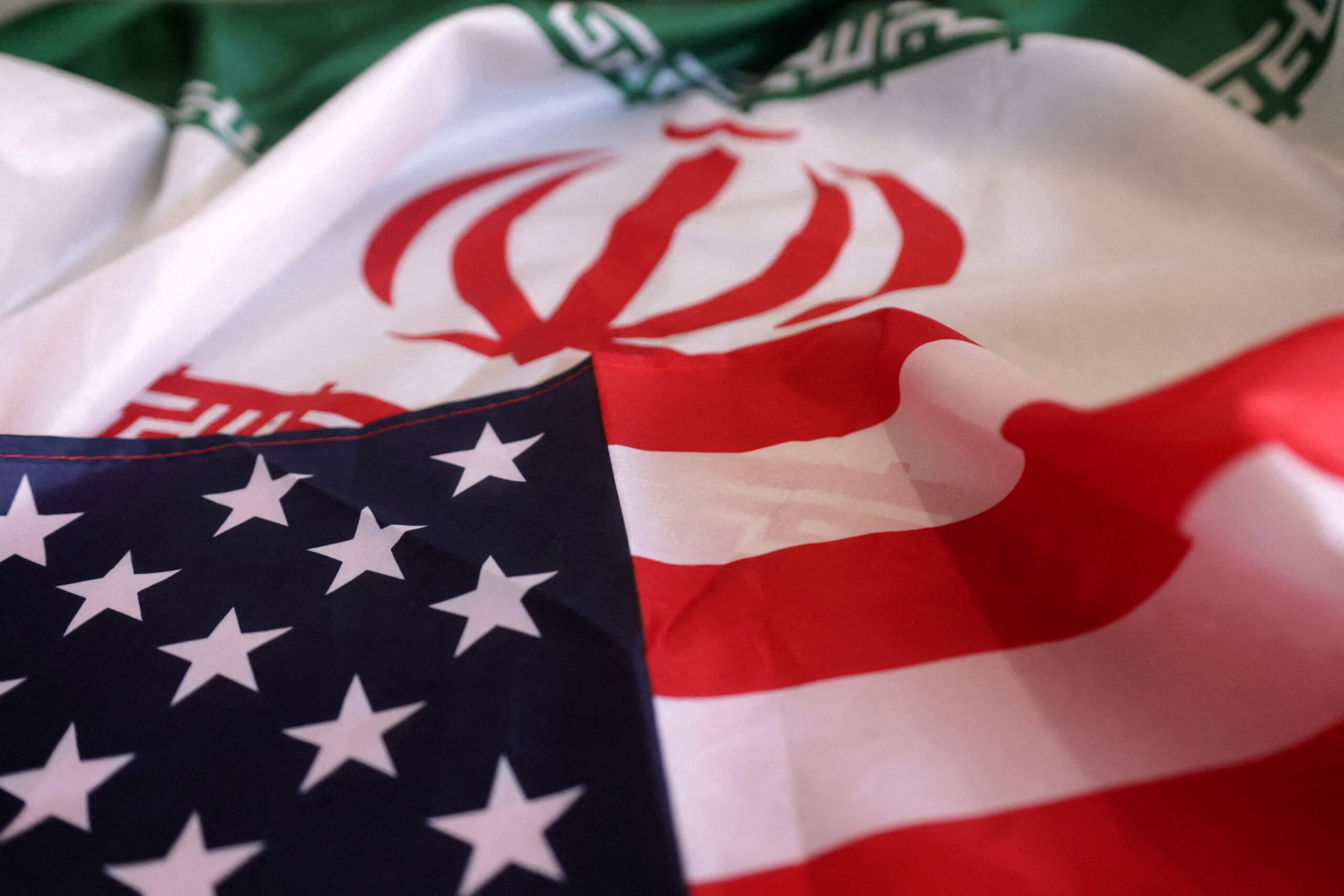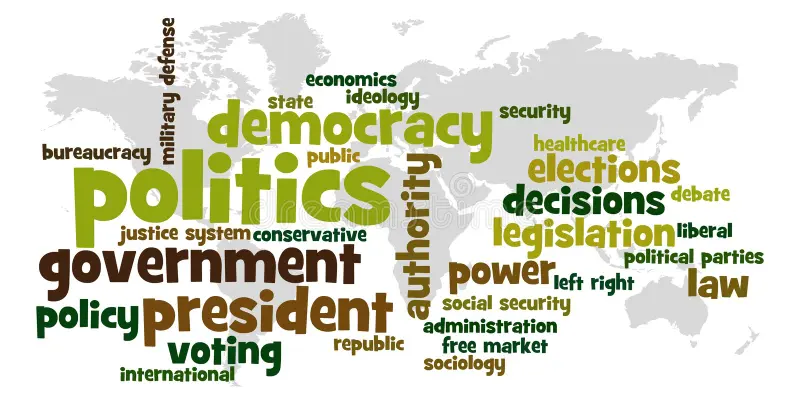Zafar Iqbal
Pakistan’s newly passed Rs17.6 trillion ‘austerity’ budget for the fiscal year 2025–26 is both a commitment to international lenders and a telling reflection of the country’s internal contradictions. Marketed as a fiscal consolidation effort to ensure debt sustainability under the IMF’s $7 billion Extended Fund Facility and the $1.4 billion climate resilience programme, the budget paints a picture of ambitious goals constrained by chronic structural weaknesses, political expediencies, and missed reform opportunities.
At its core, the FY26 budget seeks a 2.4% primary surplus — a target critical to keeping Pakistan on the IMF’s programmatic track. Yet the task is far from simple. The government aims to grow the economy by 4.2%, a target that seems highly unrealistic amid high borrowing costs, low investor confidence, and a stagnant private sector with minimal appetite for expansion. In the absence of a public sector stimulus — and given the inflationary squeeze on consumers — this target may be more aspirational than attainable.
The budget targets Rs14.1 trillion in tax revenues, hoping to contain the fiscal deficit to 3.9%. However, it does so by relying heavily on new tax measures worth Rs463 billion — including levies and enforcement-driven recoveries — while still exempting politically sensitive sectors like agriculture, retail, and real estate from meaningful contributions. This is a familiar pattern: the burden of adjustment falls disproportionately on salaried classes and consumers, while powerful lobbies continue to evade effective taxation.
One of the most contested aspects of the budget was the Federal Board of Revenue’s proposed enforcement powers to recover Rs389 billion in taxes. Bowing to pressure from coalition partner PPP, the government scaled back the most aggressive provisions. For example, arresting tax evaders or short-filers will only apply to cases involving tax irregularities exceeding Rs50 million. Even then, no arrests can be made during the inquiry stage or without the approval of a designated committee. Such compromises suggest that political calculations continue to undermine the government’s revenue ambitions.
Some adjustments offer temporary relief. For instance, the income tax rate for those earning between Rs600,000 and Rs1.2 million annually was reduced from 2.5% to 1%, providing some cushion to the lower-middle-income bracket. Likewise, the proposed 18% tax on imported solar panels was brought down to 10% — a nod to both climate policy advocates and importers lobbying against higher costs. These changes, while politically sensible, may also dilute revenue projections and reflect the limits of technocratic budgeting within a democratic framework.
Yet the biggest constraint on development spending is neither tax policy nor subsidies — it is debt servicing. A staggering Rs8.2 trillion, or nearly half of the entire budget outlay, is earmarked for interest payments on existing debt. This single item dwarfs every other expenditure, reducing the government’s ability to invest in public infrastructure, social services, or long-term economic productivity. Defence will consume Rs2.55 trillion, followed by Rs1.1 trillion in subsidies. In comparison, only Rs1 trillion has been allocated for development — an amount equal to the combined civil and military pension bill.
Despite this fiscal squeeze, tax expenditures — or exemptions — have grown to an astonishing Rs5.3 trillion. These are mostly enjoyed by commercial enterprises operated by both civilian and military institutions, as well as other politically influential sectors. This trend underscores a fundamental contradiction: while ordinary citizens are asked to tighten their belts, powerful groups continue to benefit from privileges that the state cannot afford.
Fundamentally, the FY26 budget is not structurally different from previous ones. It seeks to meet IMF-imposed fiscal targets without undertaking the political and economic reforms necessary to change the trajectory of the economy. The budget reflects a technocratic exercise to balance books, rather than a visionary plan to reorient the economic model towards productivity, equity, and sustainability.
Please, subscribe to the YouTube channel of republicpolicy.com for quality content.
Critics argue that the macroeconomic targets — especially GDP growth and tax collection — are unrealistic. Given Pakistan’s past performance, it is likely these benchmarks will be missed again, necessitating mid-year corrections and potentially new rounds of negotiations with the IMF. While the government often claims that its hands are tied due to IMF conditions, this narrative oversimplifies the issue. The IMF provides a framework, but within it, governments still retain substantial discretion.
The truth is that Pakistan’s economic stagnation is largely self-inflicted. For decades, successive governments have failed to reform the tax base, broaden economic inclusion, or reduce elite capture of public resources. These omissions are not due to IMF constraints but political choices. The result is an economy that remains vulnerable to shocks, heavily indebted, and increasingly unable to fund its development needs.
What Pakistan urgently requires is not just compliance with international lenders, but a commitment to internal restructuring: taxing the untaxed, curbing wasteful expenditures, strengthening institutions, and investing in human capital. Until the country’s political elite accepts responsibility for this long-term economic decline, budgets will continue to be short-term balancing acts — not blueprints for national revival.
In sum, Pakistan’s FY26 budget may tick the boxes for fiscal discipline on paper, but without bold structural reforms, it risks becoming another lost opportunity in the country’s uphill economic journey.

















